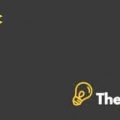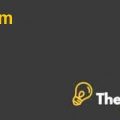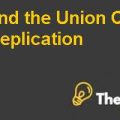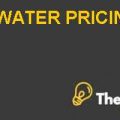Contents
Information & communication. 6
Characteristics of Internal Control 7
Objectives of a Sound System.. 9
To ensure effective operations. 9
Unacceptable Events and Failure. 11
Review the Events & Police the Policies. 12
Support External Auditor Relationship. 12
The Scope of COSO
The COSO committee regularly provides new advice to the market high-lightened current governance concerns in corporate America.
Later additions to the original framework includes the need to incorporate risk management into the general review of the state of control of an organization. In its original form, the COSO framework consists of four elements the scope of elements cover all aspects or issue that impacts on the degree of control that exists in the company. (Leitch, 2004)
Internal Controls
Internal controls are the system through which organizations are directed and controlled. It is the responsibility of both Those Charged with Governance & Management to design & implement internal control that enables the organization to meet its objectives. Internal controls are designed to monitor & control the day to day operations of the organization. The effective controls implementation will reduce the risk of error & fraud. The effectiveness of internal control depends upon the commitment of management in implementing those controls. Effective control system ensure the accuracy of accounting records, documents, timely preparation of financial statement, helps in controlling & identifying risk of material misstatement
So, a review that covers all four areas for each department of company operation should be comprehensive. (Marks, 2013)
This is just a sample partial case solution. Please place the order on the website to order your own originally done case solution.











